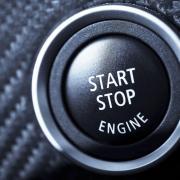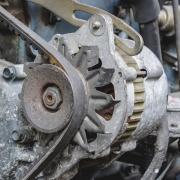3 Steps to Identify a Weird Car Noise
Car noise can be more than irritating.
1. Car noise when in gear, from an idle?
When the vehicle is turned on and first put into drive, there may be a rattle or clanking noise coming from the rear of the vehicle. This car noise may be attributed to the drive shaft universal joints. These joints connect the transmission to the rear differential; and if they have worn down, they could impact the differential by forcing it to work harder, thus wearing down its gears. In order to check the gears of the rear differential, a certified technician will need to be consulted as the procedure requires equipment not commonly available to the consumer.
2. Grinding Gears at Speed
When the vehicle accelerates, there may be more noises like a hum, or continued clank from the rear. This can be due to the gears in the rear differential being stripped or partially worn which creates an awkward motion as they spin the drive shaft. Car noise may be especially bad when the driver accelerates the vehicle quickly and is forced to brake rapidly.
3. Car Noise with Vibration and Fluid Leak
Worn or ripped universal joints will also cause vibration along the drive shaft and into the engine block via the transmission. This may be felt at high speeds in the body of the vehicle or through the floor. The rear differential and universal joints also have seals and use lubricant to work properly, and a leak or crack in a seal may contribute to vibration and failure of rear differential gears. Look for any fluid pooled at the rear of the vehicle after it has sat overnight.
Bottom line: when you have car noise it may or may not be real serious. I most cases car noise will grow and could lead to serious repairs. Take the time to identify the source of the noise and make repairs or adjustments as soon as possible.
See What Scotty Kilmer say about Finding the Source of Car Noises


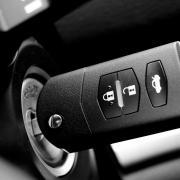

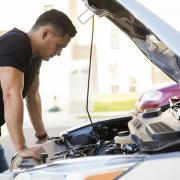
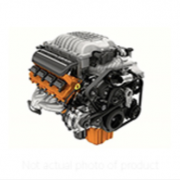 Engine
Engine
